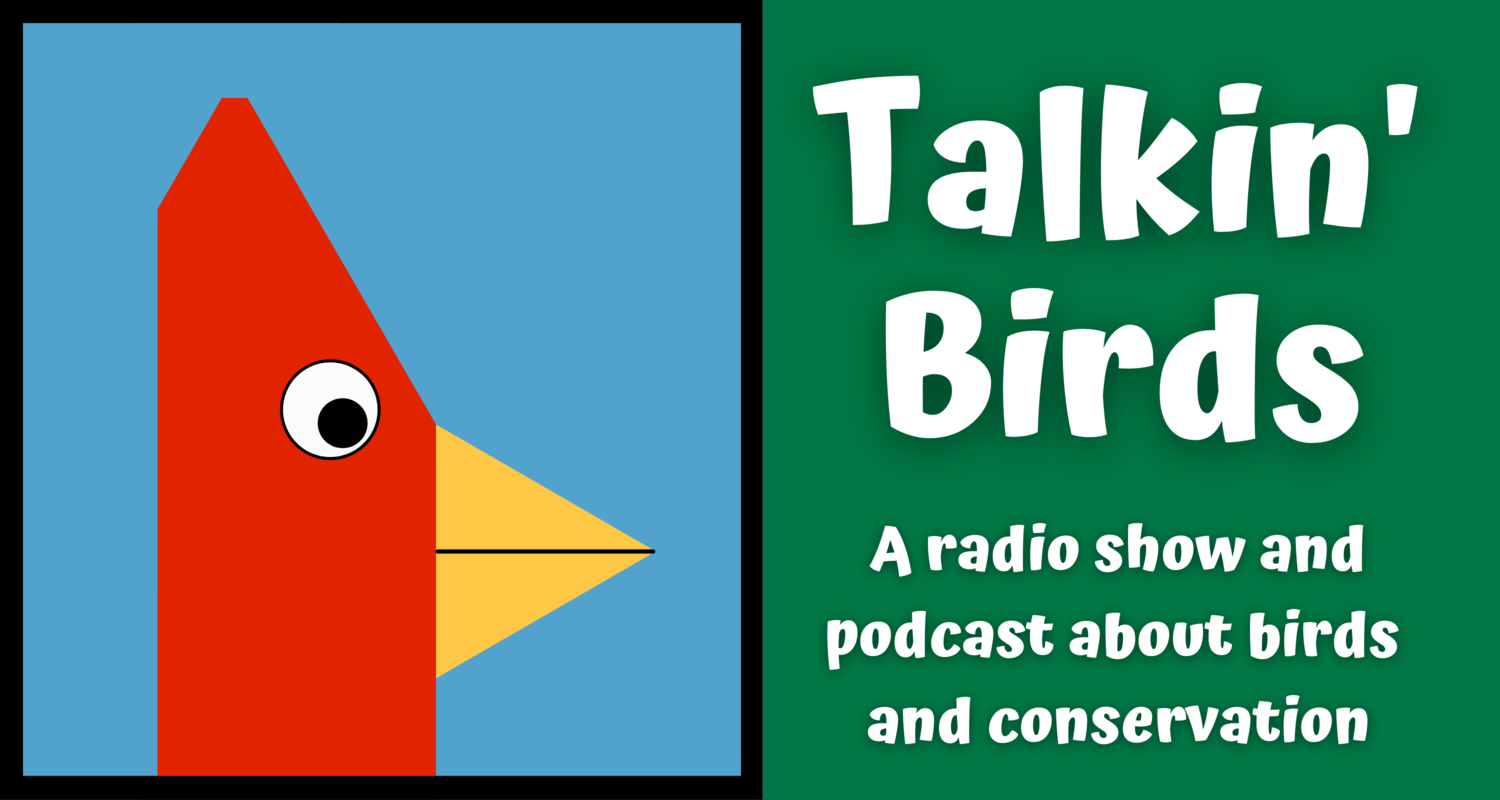Citizen Science
Citizen science is the practice of public participation in scientific research. Even if you don’t know much about science, you can contribute to studies that monitor bird populations, migration, and health. These projects are great to do with kids, with friends and neighbors, or in a classroom.
We’ve organized this list by time of year, but we’ll add geographic regions if we learn about projects in specific areas. Do you know of a project we should mention? Tell us about it!
-
Celebrate Urban Birds (CUB) takes bird counts into urban areas, which have historically been underrepresented in citizen science projects. When you sign up, you get a list of local birds in your area and instructions on how to count them, which you can do for as little as ten minutes a day.
eBird is among the world’s largest science projects devoted to biodiversity. Managed by the Cornell Lab of Ornithology, eBird is a website and smartphone app where you make checklists of birds. You can include photos and audio recordings in your checklists, see real-time maps, and archive and share your lists. Every year, hundreds of thousands of eBirders around the world contribute more than 100 million bird sightings.
Journey North strives to inspire people from across North America to help track wildlife migration and seasonal change to foster scientific understanding, environmental awareness, and the land ethic. Their website features teaching tools for educators, news on all their projects, and instructions on how to get involved in research on creatures from hummingbirds to gray whales.
SciStarter is a website that matches volunteer opportunities with topics you're curious or concerned about. There's something for everyone! A self-guided, free training module helps you learn citizen science basics. You can also manage volunteers on projects of your own.
-
Global Big Day is one of two 24-hour periods each year when participants count as many species as they can, wherever they are, for as long as they can. There’s always a Global Big Day in the fall and another in the spring. Find the dates by doing an internet search on “Global Big Day.”
Hawkwatching is a terrific birding pastime for fall, and it helps monitor raptor populations. Hawkwatch International sponsors sites in the American west and southwest, but you can count raptors anywhere with a clear view of the sky, such as a mountain ridge.
Project Feederwatch is a November-to-April survey of birds that visit backyards, nature centers, and other areas in North America. You don’t need a bird feeder for this project, just an area that attracts birds. All you do is count the birds in that area regularly, for as long as you like, on days that work for you. Each time you count, you’ll enter your counts online using eBird.
-
Christmas Bird Count (CBC) is a 120-year-old program of the National Audubon Society. It’s a count of early-winter birds in which thousands of volunteers across the U.S., Canada (where Audubon partners with Birds Canada), and many countries in the Western Hemisphere go out over a 24-hour period on one calendar day to count birds. The CBC occurs December 14 to January 5 every year.
Climate Watch (also in late spring) is an Audubon community science program that monitors how North American birds are responding to climate change. Volunteers count target species in specific areas. In winter, these counts take place between January 15 and February 15.
The Great Backyard Bird Count is an annual bird count that occurs every February. Over four days, people spend time in their favorite places watching and counting as many birds as they can, and reporting them. These observations help scientists better understand global bird populations before spring migration.
Project Feederwatch is a November-to-April survey of birds that visit backyards, nature centers, and other areas in North America. You don’t need a bird feeder for this project, just an area that attracts birds. All you do is count the birds in that area regularly, for as long as you like, on days that work for you. Each time you count, you’ll enter your counts online using eBird.
-
Climate Watch (also in winter) is an Audubon community science program that monitors how North American birds are responding to climate change. Volunteers count target species in specific areas. In spring, these counts take place between May 15 and June 15.
Global Big Day is one of two 24-hour periods each year when participants count as many species as they can, wherever they are, for as long as they can. There’s always a Global Big Day in the fall and another in the spring. Find the dates by doing an internet search on “Global Big Day.”
North American Breeding Bird Survey is a cooperative effort between the U.S. Geological Survey's Eastern Ecological Science Center and Environment Canada's Canadian Wildlife Service to monitor North American bird populations. If you’re an experienced birder, you can join thousands of volunteers collecting data across the continent. The survey provides information on more than 400 bird species to conservation managers, scientists, and the general public.
Project Feederwatch is a November-to-April survey of birds that visit backyards, nature centers, and other areas in North America. You don’t need a bird feeder for this project, just an area that attracts birds. All you do is count the birds in that area regularly, for as long as you like, on days that work for you. Each time you count, you’ll enter your counts online using eBird.
-
Nestwatch is a U.S.-wide monitoring program for tracking trends in the reproductive biology of birds, such as when they nest, how many eggs they lay, and how many hatch. The Cornell Lab of Ornithology uses the results to study the condition of breeding bird populations. When you sign up, you’re given some easy training to become a certified Nestwatcher. Then you check a local nest a few times per week and report what you see.
